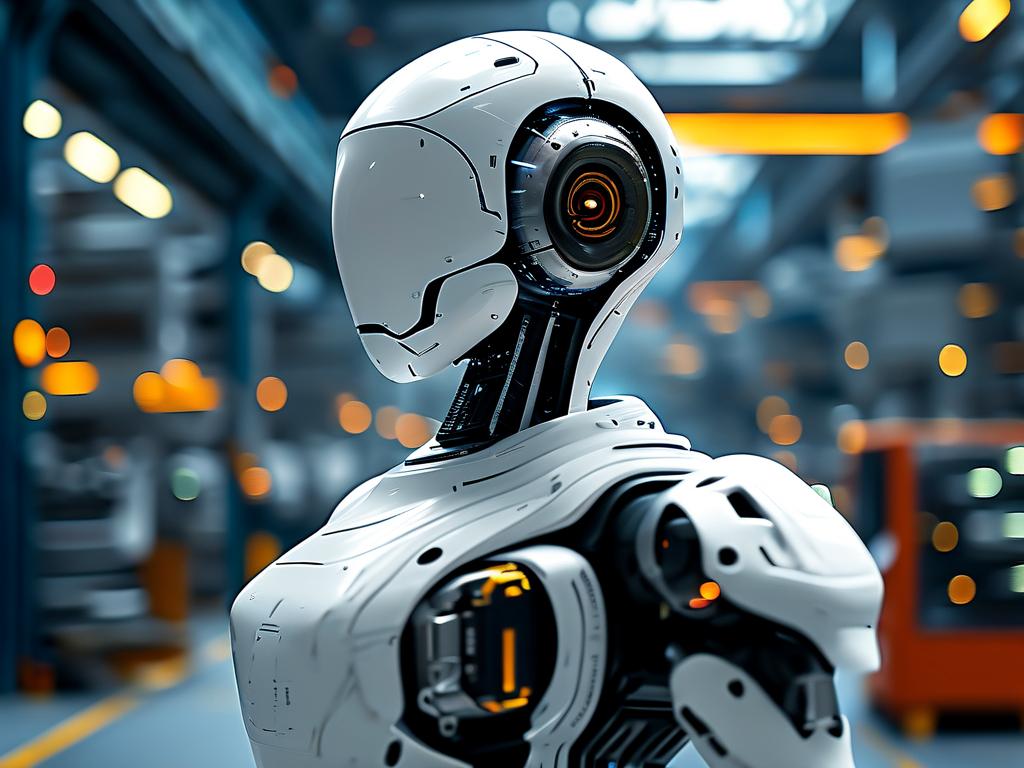The evolution of intelligent robotics relies heavily on advanced algorithms that enable perception, decision-making, and action. This article explores foundational and emerging algorithms powering modern robots, emphasizing their practical applications and implementation nuances.

Core Algorithms in Robotics
Path planning remains a cornerstone of robotic navigation. Algorithms like A and Dijkstra’s optimize shortest-path calculations in static environments, while Rapidly Exploring Random Trees (RRT) handle dynamic obstacles. For example, a warehouse robot using A might prioritize minimizing travel time between shelves:
def a_star(start, goal):
open_set = PriorityQueue()
open_set.put(start, 0)
came_from = {}
g_score = {node: float('inf') for node in graph}
g_score[start] = 0
while not open_set.empty():
current = open_set.get()
if current == goal:
return reconstruct_path(came_from, current)
for neighbor in graph.neighbors(current):
tentative_g = g_score[current] + graph.cost(current, neighbor)
if tentative_g < g_score[neighbor]:
came_from[neighbor] = current
g_score[neighbor] = tentative_g
f_score = tentative_g + heuristic(neighbor, goal)
open_set.put(neighbor, f_score)
return None
Machine learning integration has transformed robotic adaptability. Supervised learning trains robots to recognize objects through convolutional neural networks (CNNs), while reinforcement learning enables trial-and-error skill acquisition. Boston Dynamics’ Spot robot, for instance, uses hybrid approaches to adjust gait patterns on uneven terrain.
Sensor Fusion and Localization
Kalman filters and particle filters dominate sensor fusion tasks. Autonomous vehicles combine lidar, radar, and camera data using these algorithms to maintain positional accuracy. Simultaneous Localization and Mapping (SLAM) implementations like ORB-SLAM3 leverage feature matching and bundle adjustment to build 3D maps in real time. A simplified Kalman filter update might appear as:
void updateKalmanFilter(State &state, Measurement z) {
Matrix K = state.P * H.transpose() * (H * state.P * H.transpose() + R).inverse();
state.x += K * (z - H * state.x);
state.P = (Matrix::Identity() - K * H) * state.P;
}
Control Systems and Optimization
Proportional-Integral-Derivative (PID) controllers remain ubiquitous for motor control, though modern systems increasingly adopt Model Predictive Control (MPC) for multi-variable systems. Robotic arms in manufacturing plants utilize inverse kinematics algorithms paired with MPC to achieve sub-millimeter precision.
Emerging Trends
Swarm robotics employs distributed algorithms inspired by biological systems. Ant colony optimization helps drone fleets coordinate search patterns without centralized control. Neuromorphic computing now enables spiking neural networks for low-power edge processing in field robots.
Implementation Challenges
Algorithm selection depends on computational constraints and real-time requirements. While deep learning offers unparalleled pattern recognition, its computational demands often clash with embedded system limitations. Engineers frequently balance algorithm complexity against hardware capabilities – a delivery robot might use lightweight YOLOv5 for object detection instead of heavier models.
Future developments will likely focus on quantum-inspired optimization and self-improving algorithms. As robots operate in increasingly unstructured environments, hybrid architectures combining symbolic reasoning with neural networks may become standard.
Understanding these algorithms provides crucial insight into robotic system design. From basic navigation to advanced AI interactions, algorithmic choices directly determine a robot’s capabilities and limitations in real-world scenarios.

